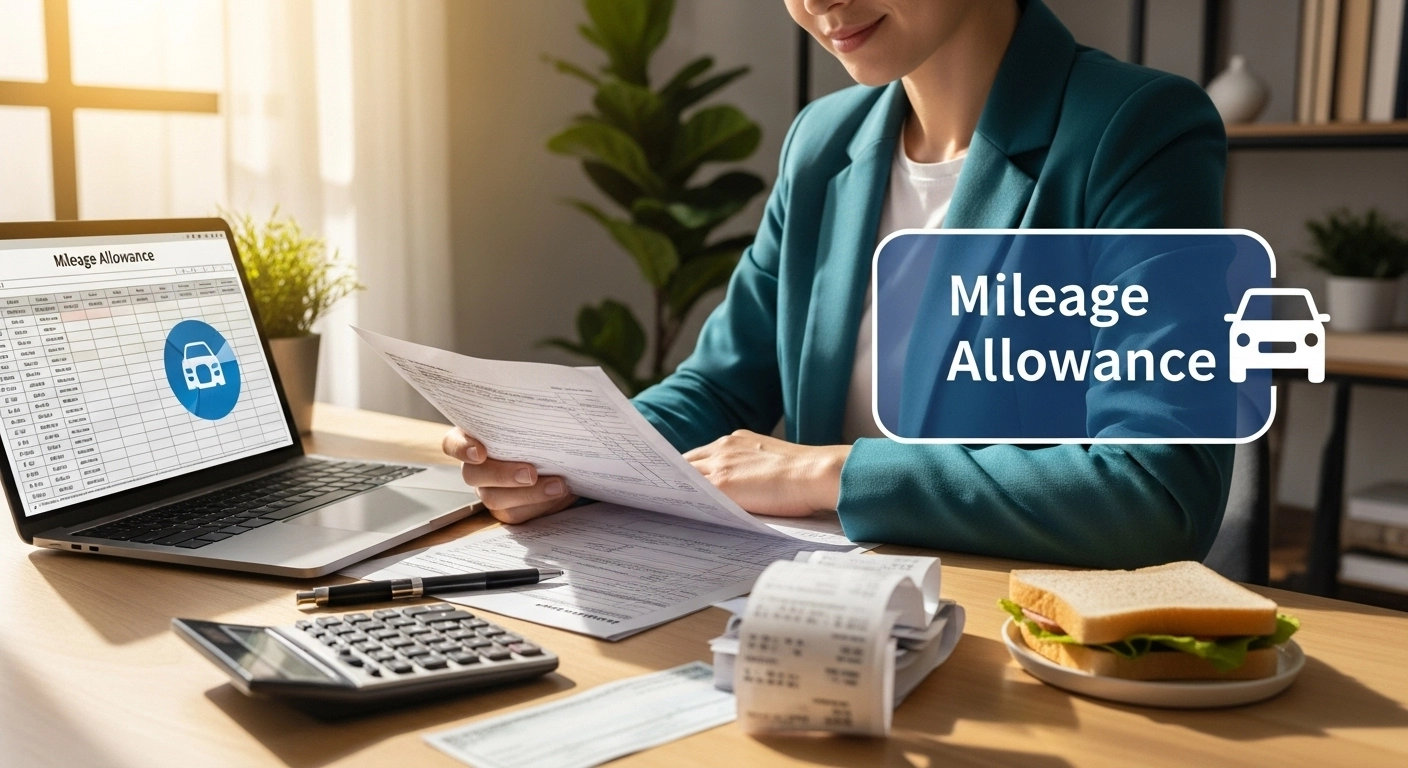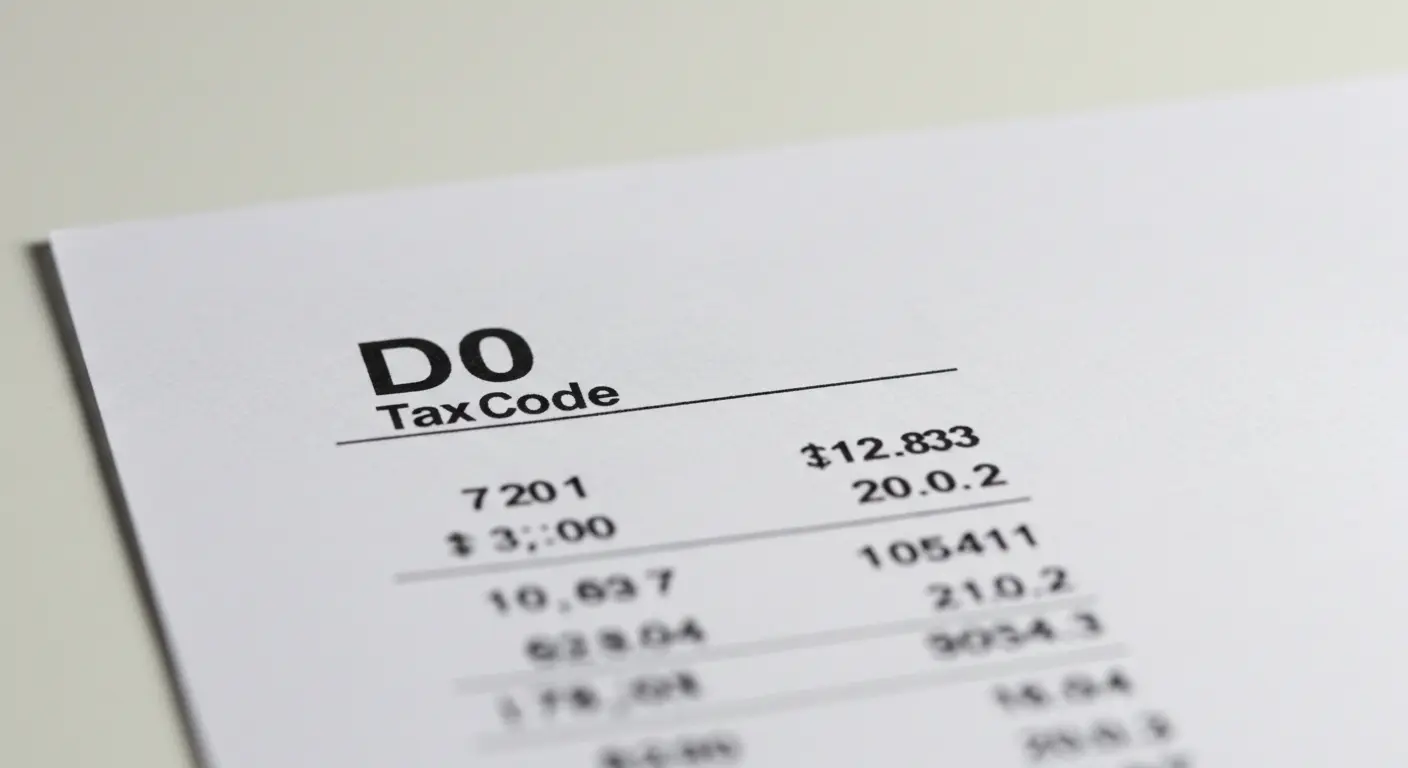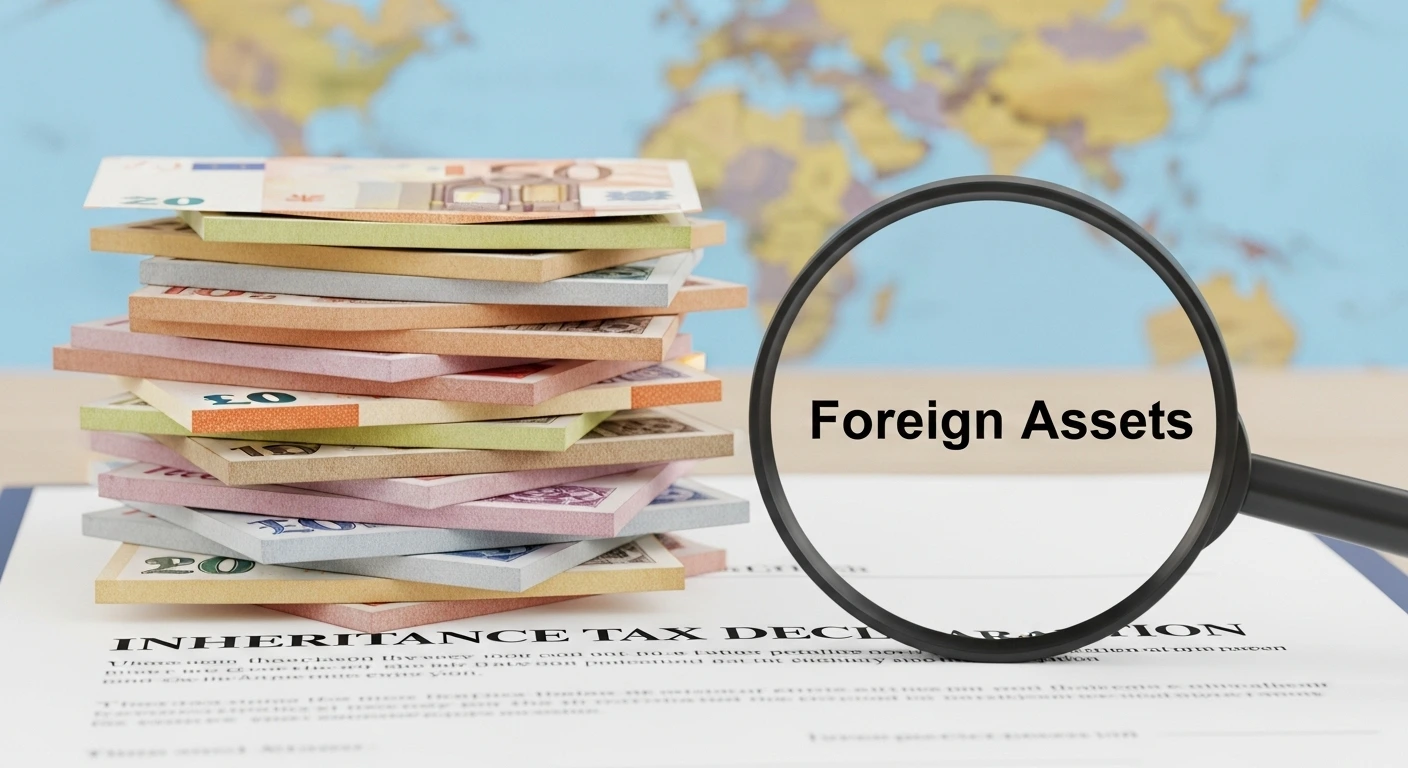What is Mileage Allowance Relief?
Mileage Allowance Relief, also known as MAR, is a UK tax relief payment scheme that assists you in paying low taxes on your income tax when you use your vehicle to travel in business and incur travel expenses. When your employer fails to refund you for your work-related travel expenses, then you can claim the excess amount back against HMRC under this valuable tax allowance. The way this relief works is by looking at what your employer currently pays you per mile, against the official HMRC-approved rates of vehicle running costs. Where these amounts are different, you can claim tax relief on the difference. The system acknowledges that mobilizing your car to work is a genuine cost in business terms in terms of fuel expenditure, depreciation, spare part wear and tear, vehicle insurance, and motor insurance.
You cannot lose money, and you are not liable to pay income tax because of making a legitimate business trip, since this UK tax relief can be claimed. It is meant to leave you with the same financial situation as you would have had you not taken the business trip at all, and it serves to treat employees who use their cars to commute to work fairly.
How Much Can You Claim for Mileage?
Business travel expenses have a relationship to the kind of car you drive, the distance you cover in the interests of business, and the amount already remunerated by your employer. You can claim tax deduction on the disparity between what your bosses pay and the formal HMRC business mileage rates. It is simple to compute, but it may add significant tax savings to your tax filing each year. HMRC imposes upper limits of approved mileage allowance payment (AMAP) rates within which employers may make such payments without putting in place a taxable benefit to the employees. Using cards at less than these statutory rates, you end up out of pocket when it comes to the reality of work-related vehicle costs.
To give an example, where HMRC allows 45p per mile on business miles but your employer pays 30p, then you should be able to claim 15p per mile back as an allowance in the form of mileage tax relief. This has the potential to save you hundreds or even thousands of pounds a year in tax over the tax year, based on how many miles you do in your business. The relief is taken by decreasing your taxed income, which implies you will be reimbursed a percentage according to the rate of income tax, 20, 40, or 45.
What are the UK Car Mileage Allowance Rates?
The latest HMRC-approved mileage allowance payment (AMAP) rates are
| Vehicle Type | First 10,000 miles | Over 10,000 miles |
|---|---|---|
| Cars and vans | 45p per mile | 25p per mile |
| Motorcycles | 24p per mile | 24p per mile |
| Bicycles | 20p per mile | 20p per mile |
These business mileage rates are set out to cover all the running costs of using your vehicle to travel to work, and these include petrol or diesel fuel, motor insurance, road tax, MOT testing, vehicle servicing, repairs, and depreciation. The special rate for the first 10,000 business miles travelled in cars and vans takes account of the fact that fixed costs associated with each car and van, such as insurance and depreciation, are paid on a smaller number of business miles, so each one will be more costly.
Each UK tax year (6th April onwards to 5th April), the value of the mileage allowance rates restarts, effectively giving you the higher rate of 45p on the first 10,000 business miles in each new tax year. HMRC re-examines these statutory rates of mileage regularly, caused by the normal vehicle running costs have not changed over several years, as there have been balanced costs of fuel rates and costs of vehicles in the UK.
What is Self-Employed Mileage Allowance?
Sole traders and self-employed people are treated in the same way as all other employees in the determination of the HMRC statutory mileage reimbursement rates, which serve to estimate the vehicle costs that can be claimed as expenses deductible against the self-employment earnings. There are two ways of making an expense claim on your Self Assessment tax return
- Either under the simplified mileage approach using rates laid down by the HMRC (45p/25p per mile in respect of cars) or the actual cost method, whereby you keep a record of all vehicle running expenses and claim the percentage business use.
- The simplified expenses method is easier to operate, and for the higher-mileage user, it is often more profitable compared to the majority of self-employed persons. Such an approximation includes all vehicle expenses, such as fuel, insurance, repairs, MOT, road tax, and depreciation, without the need to keep meticulous records of all expenses.
What is the Process Involved in Mileage Allowance?
To Employees
Make sure you keep records of your mileage in detail throughout the UK tax year, and work out what to claim at the HMRC statutory rates. You must submit your claim via the Self Assessment tax return or on form P87 in the case of straightforward employment expense claims. P87 can best be used to claim basic miles with one employer.
Self-Employed
Business trips are allowed to be recorded separately from personal travel. To get your total annual business miles, multiply the number of miles by the HMRC rates (45p/25p for cars), then you can add this business cost to your Self Assessment tax return. Develop detailed records containing time, place, and purpose of business to be compliant with HMRC.
Is VAT Claimable on Mileage?
Mileage allowance relief claims cannot be reclaimed as VAT by the employees since it is not a form of mechanism to reclaim VAT; it is a form of income tax relief against tax. There are two ways in which self-employed VAT-registered people can choose. With the simplified mileage method (45p/25p rates), you cannot reclaim VAT separately because the rates are inclusive. But under the actual cost method, the business fuel and vehicle costs include the ability to recover VAT by retaining appropriate VAT receipts and being able to prove the percentage of business use. Make the selection each year depending on the method that has better tax advantages.
Is the process of claiming car mileage allowance easier?
Claiming is easier with several options available, such as mileage tracker apps which automatically track journeys, HMRC online services which allow one to submit online, accountancy software that can calculate the claim automatically, or professional advice from an accountant. Mileage apps are also the most convenient for many.
Mileage Allowance Relief Calculation
Top to bottom, include your total business miles in the tax year. Then work out what you are entitled to: the first 10000 miles at 45p (max of 4500), plus whatever beyond that x 25p. Deduct the amount your employer paid you, and the smaller amount is what you can claim. The illustration of this is as follows: assuming that your travel is 12,000 business miles, the allowance of HMRC would be (10,000 x 45p) + (2,000 x 25p) = 5,000. Even when your employer paid 3,000, you can claim 2,000.
Making the Claim of Mileage Allowance Relief
Self Assessment allows you to claim by adding mileage claims to your annual tax return, where HMRC will automatically lower your tax payment. Instead, there is a simpler form, P87, to apply for simple employment expense claims, which can be made online or sent by post. HMRC will subsequently alter your future-year tax code. Another way you can request your employer to pay out claims through payroll to have immediate tax relief.
What Records of Mileage Will You Need to Keep?
Obtain records of date of travel, origin and destination, purpose of the trip, tour distance travelled, and claim amount. Supporting evidence to be provided is entries in their diaries or calendar appointments, confirmations of meeting clients, booking training courses, and receipts of fuel when the actual cost method is used.
Log the journeys as you go in a mileage log book or a smartphone app, retain records longer than 5 years, and take pictures of your car’s odometer regularly.
Benefit of claiming a Mileage Allowance Relief
Claiming mileage may save the tax man a lot of money. A 20 per cent basic rate taxpayer would save 200 by claiming 1,000, a 40 per cent higher rate taxpayer £400, and an additional rate at 45 per cent 450. A typical business driver driving 5 hundred miles would save between 300 and 900 pounds a year, with a high mileage business driver who covered 15 hundred miles saving an annual 800-2400 pounds. Take note that you are entitled to a 4 -4-year backdate claim, in this case, if you have not claimed.
Conclusion
Claiming and understanding mileage allowance relief can lead to huge tax savings for any individual driving for tax. The trick is keeping proper records and being able to determine which business travel is. It is not complicated whether you are self-employed or an employee because the terms and rates are within your grasp. Having money you deserve is one thing you should never miss out on. Begin calculating your business mileage now, and you might as well get backdated mileage claims. Mileage allowance relief is one of the most beneficial tax reliefs accessible to employees in the UK, as they could save hundreds or even thousands of pounds every year.
















